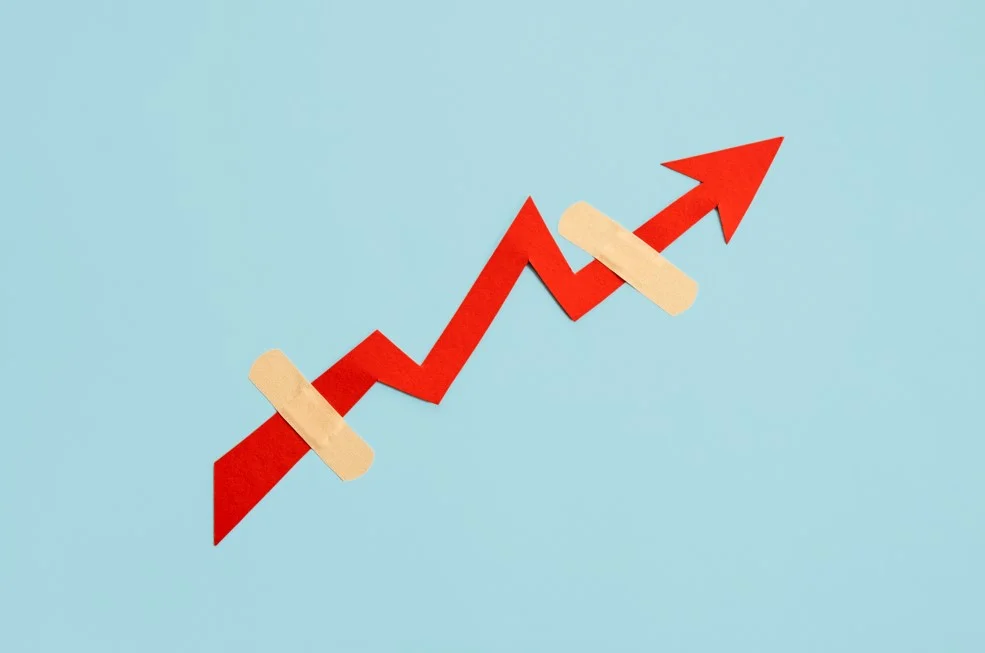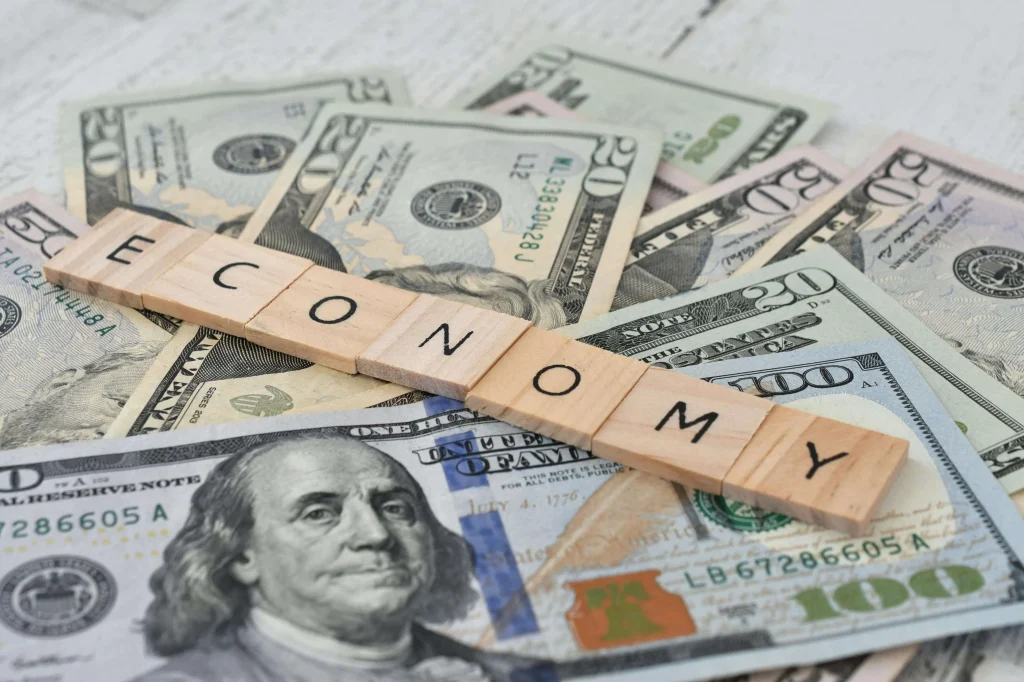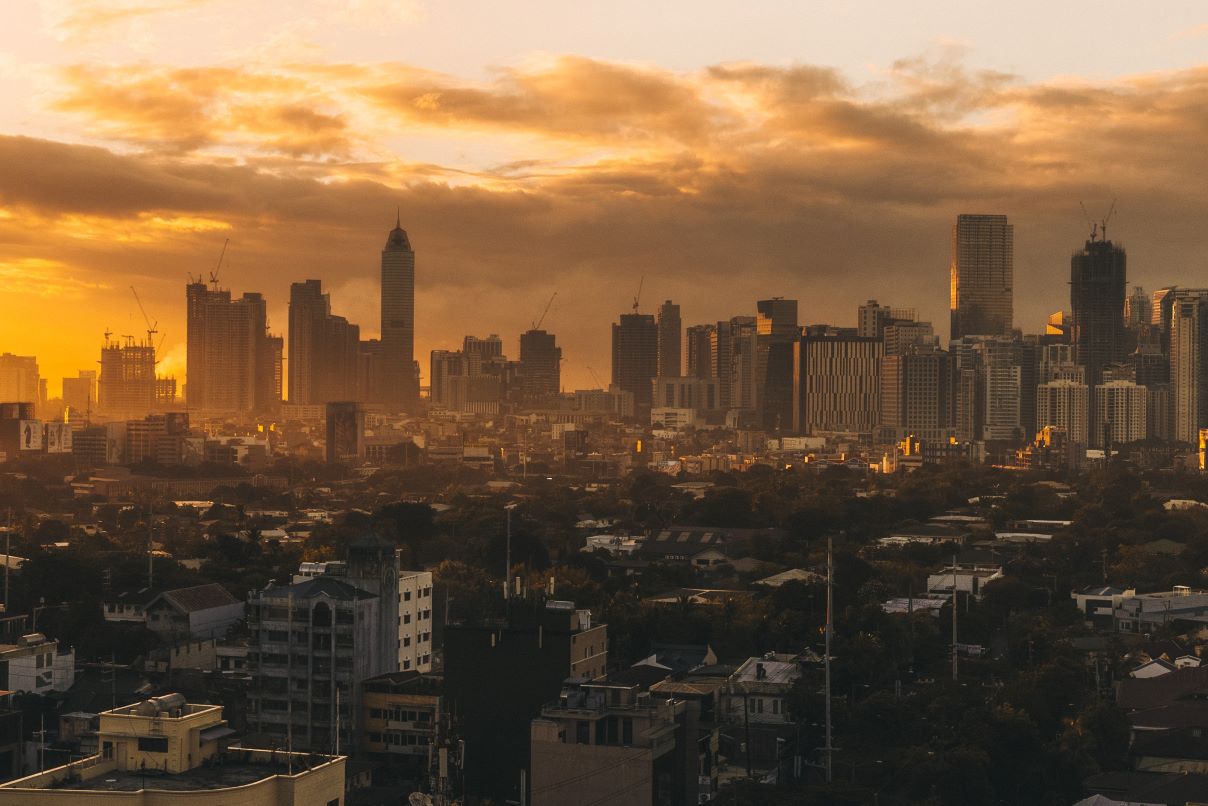The Philippines’ real estate market has long been seen as having a big impact on the economy of the nation. The sector is essential for promoting economic recovery and luring both domestic and foreign investors thanks to its potential to create jobs, offer investment possibilities, and expand premium homes. Recent changes in the real estate market, however, have brought to light the existence of supply pressure that may affect the trajectory of growth for the industry.
What is Economic Recovery?

A period of economic development and progress that occurs after a period of recession, contraction, or economic depression is referred to as an economic recovery. A recovery in a number of economic measures, including the gross domestic product (GDP), employment rates, consumer spending, company investment, and overall economic activity, characterizes this phase.
The detrimental trends that were present during a recession or downturn are reversed during an economic rebound. Increased economic output, growing firm profits, declining unemployment rates, and boosted consumer confidence are the hallmarks of the recovery phase. It signifies a change from an economy in a state of decline to one that is reviving and growing. The economic recovery is the result of various factors. Government interventions and policies are essential for boosting economic activity and reestablishing market trust. To promote spending, investment, and borrowing, policies like tax cuts, infrastructure improvements, and changes to the monetary system like decreasing interest rates are frequently used.
The actions and choices made by businesses, consumers, and financial institutions all have an impact on the recovery. Businesses may raise their investments, hire more personnel, and broaden their activities as confidence grows. A positive feedback loop that fuels economic growth is created as a result, of increasing consumer income and spending.
Early recovery, mid-recovery, and late recovery are the three stages that economic recoveries are traditionally divided into. Early on in the recovery process, growth is cautiously resumed, and metrics like the GDP and employment are starting to improve. The economy continues to develop, company investments rise, and consumer confidence grows throughout the mid-recovery stage. The economy reaches pre-recession levels in the late recovery period, employment rates are nearly at maximum capacity, and the general economic upswing is more steady.
The restoration to the same economic circumstances that prevailed before the downturn is not necessarily the goal of economic recovery, it is crucial to remember. Changes in consumer behavior, alterations to industry dynamics, and structural changes may all be involved. To maintain long-term stability and continuous prosperity, authorities and businesses must adjust to the changing environment. Several economic metrics, such as the GDP, job rates, consumer spending, and business investment, are rebounding. Government policy, consumer and business behavior, and global economic conditions all have an impact on economic recovery. They have an effect on several economic sectors and may present chances for expansion and improvement.
How Does It Affect Real Estate?

In the past, the Philippine real estate market has proven to be resilient, recovering from both economic downturns and natural calamities. The sector had a period of decline as a result of the global pandemic in 2020 but has gradually recovered thanks to a number of causes. These include the successful vaccination campaign, the relaxation of lockdown restrictions, the low-interest rate environment, and the government’s promotion of infrastructure development through the “Build, Build, Build” initiative.
De los Reyes notes that there are different levels of market recovery but adds, “We have advanced past the pandemic. Different industries are doing better than others. He claims that while the home market is flattening out, the hospitality sector is strengthening and approaching pre-pandemic levels. Although the office market is beginning to rebound, structural developments like PEZA and BOI are having an impact on the sector’s performance.
One of the major issues that are anticipated to have a significant impact on the market’s performance in the remaining 2023 quarters is supply pressure. “We are expecting a significant amount of supply entering the market, possibly impacting down on the upsurge of demand indicators across sectors,” De los Reyes said in his verdict.
Due to the increased demand for safe and suitable living spaces among individuals and families, residential buildings, especially inexpensive housing, have been in great demand. Remittances from Filipinos working abroad have been steadily increasing, and many of them are now investing in real estate as a way to secure their future and provide for their families.
The rise of remote work arrangements and changes in customer behavior, however, have put commercial real estate under pressure. As businesses implement flexible work patterns, occupancy rates in offices have decreased and e-commerce has taken over in retail premises. However, the commercial real estate industry is anticipated to gradually regain its speed as the economy starts to revive and businesses adjust to new rules.
After COVID-19, Supporting Economic Recovery and Development

While COVID-19 infection rates have drastically decreased in some nations, the virus is still challenging to manage in others. However, economic recovery is at the center of governments’ long-term agendas, regardless of whether they are actively controlling epidemics or restoring normality.
The gross domestic product (GDP) of the nation experienced a significant rebound to 7.6 percent in 2022, and it is anticipated to expand by an additional 6 to 7 percent in 2023. Therefore, the declining inflation may also cause a halt in interest rate increases, provide respite to the market, and finally aid in boosting consumer spending. Although the epidemic is behind us, it is important to understand that there are different stages of recovery. According to Janlo de los Reyes, head of research and strategic consultancy at JLL Philippines, some industries are performing better than others.
The upsurge in inflation is unlikely to last for two main causes. The recent, transitory pace of economic growth is the cause of the considerable changes in demand and bottlenecks, to start. For instance, despite manufacturing being reduced during the epidemic, demand for cars quickly recovered to high levels. This was partly because the supply chain for vital semiconductors was disrupted. As a result, both new and used car prices have significantly increased. Second, as output rises (as a result of the normalization of global supply networks) and demand growth slows, PH inflation should generally decrease.
Most governments, with the exception of those with the greatest economies, need to cut debt and boost growth, but few have the opportunity to work on their financial records and economic recovery at the same time. Most people will act in ways that take into account their national ideology, country’s background, legislative framework, and global perspective in order to minimize spending or produce a favorable return on investment.
By revitalizing local businesses and, by extension, local communities, these governments have the chance to increase their nation’s resilience and safety. Finding the “national champions”—the sectors of the economy that the country depends on—will be crucial. You can use money that was previously allocated for contributions to international aid to fund these businesses.
Governments and corporations are dealing with a world that has been drastically altered by COVID-19, and recovery will likely be characterized by a great deal of instability and upheaval. The chance exists, however, to once again link social and economic advancement. They have the power to build societies that are more robust, resilient, and equal; businesses have the power to advance this goal by generating jobs, a competitive edge, and economic growth. Together, they can build economies that promote both growth and more inclusive societies that are mutually beneficial.

What is Supply Pressure?
When the demand for goods or services exceeds the supply that is readily available, supply pressure is the strain or stress placed on that side of the market or business. When consumers demand more goods or services than suppliers are currently able to supply, a shortage is created.
Despite showing signs of revival, the real estate sector nevertheless confronts difficulties because of supply constraints. Demand for residential homes has exceeded supply, particularly in urban areas, which has led to rising prices and restricted affordability for many Filipinos. This gap is especially noticeable in Metro Manila, where urbanization and population density are driving demands for more housing options.
Regulatory barriers, a lack of available land, and the drawn-out and difficult process of acquiring permits for real estate development projects are just a few of the reasons contributing to supply pressure. Construction efforts have also been impacted by the pandemic’s disruptions, which have resulted in delays and a lack of supply. The National Economic and Development Authority (NEDA) estimates that the housing backlog would reach 6.5 million units by 2021 as a result of these difficulties.

Consequences and Difficulties of Supply Pressure
Price Increases: When supply is insufficient compared to demand, suppliers may decide to increase prices. This may lead to increased inflationary pressures and decreased consumer affordability.
Shortages: In extreme circumstances, supply constraints may result in shortages of necessary commodities or services. Customers might have trouble getting the things they require, which could cause them to become dissatisfied and possibly open the door to hoarding or the emergence of illegal markets.
Increased Competition: When demand outpaces supply, other market players may become more competitive with suppliers. This may result in aggressive pricing tactics, marketing initiatives, and manufacturing expansion activities in an effort to gain market share.
Quality Concerns: In some instances, suppliers facing supply pressure may cut corners or compromise on quality in order to meet demand. This can result in substandard goods or services, leading to customer dissatisfaction and potential reputational damage for the suppliers.
How Does Supply Pressure Increase?
Increased Demand: The demand for some products or services may increase as a result of rapid population growth, shifting customer tastes, or outside forces like government subsidies or regulations. Supply pressure might develop if suppliers are unable to immediately change their production or increase capacity.
Production Constraints: When suppliers are faced with restrictions on their production capacity, supply pressure may develop. Lack of raw materials, manpower scarcity, or production-process bottlenecks can all limit an industry’s capacity to grow supply in response to increased demand.
Regulatory Obstacles: The timely formation or growth of new firms or production facilities might be hampered by administrative procedures and government restrictions. These challenges may make it difficult to raise supply in response to rising demand.
Market disruptions: Supply networks and manufacturing capacities may be affected by external events such as natural catastrophes, political unrest, or global economic shocks. In the impacted industries or regions, these disruptions may result in short-term or long-term supply pressure.
When there is a demand for products or services greater than the supply, supply pressure develops. It may lead to price rises, shortages, heightened competition, and issues with product quality. Increased demand, production limitations, governmental restrictions, and market disruptions are a few of the elements that contribute to supply pressure. Both suppliers and governments must work to increase production capacity, boost efficiency, and foster a favorable business environment in order to address supply pressure.
Managing the Supply Limitations and Ensuring a Resilient Real Estate Market

Government and private partners must work together to solve the supply strain and create a sustainable real estate sector. Real estate developments can see fewer delays and more investments if the permitting procedure is streamlined and accelerated. The government’s ongoing commitment to infrastructure development, particularly in the areas of connectivity and transportation, can open up possibilities for real estate growth across the nation.
Promoting programs for affordable housing and encouraging developers to concentrate on this market segment can assist close the affordability gap in residential buildings. The development of socialized housing developments for low-income families can be facilitated by encouraging collaborations between the public and private sectors. Investigating alternate building techniques and supplies, such as modular houses, can also hasten development and boost supply.
The Philippine real estate industry is essential to the rehabilitation and expansion of the economy in that nation. Despite the sector’s ability to persevere in trying situations, supply pressure presents serious difficulties. Government and corporate players must work together to promote initiatives for affordable housing, invest in infrastructure development, and streamline the permitting process in order to address these issues. The Philippine real estate sector can support the nation’s economic recovery, offer environmentally friendly housing options, and draw foreign capital for long-term expansion by implementing proactive actions.
Related Blog: Opportunities for Real Estate Investors Coming to 2023


